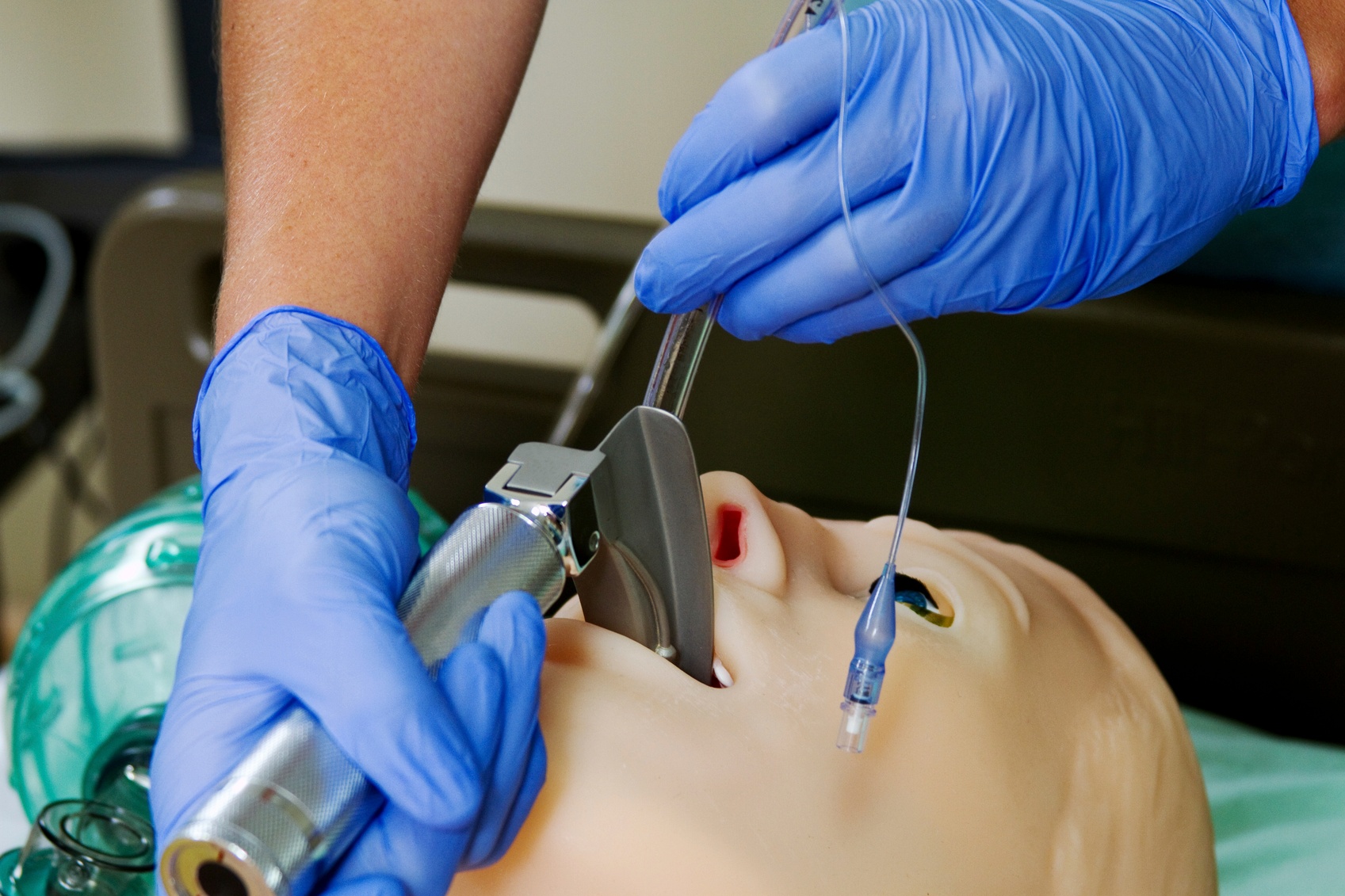
When entering the realm of simulation education, one of the first decisions an educator has to make is the type of simulation solution she will use. This will depend on several things, including the level of the students and classroom learning objectives.
The three basic terms to examine here are: simulator, manikin, and skills or task trainer. An excellent resource to define these terms – and many other terms that apply to simulation education – is the Healthcare Simulation Dictionary, a project of the Society for Simulation in Healthcare (SSH) (link at the end of this post).
Simulator is the broadest term of the three; manikins and task trainers are also simulators, however, not all simulators are task trainers or manikins. A simulator is a device that “duplicates the essential features of a task situation.” A simulator is an object that operates like a given system and responds to the user’s actions. For example, a programmable simulated thermometer is a simulator; it is used during education or assessment to provide a simulated temperature to a student; the student is expected to use that information in a scenario.
The difference between manikins and task trainers is fairly straightforward. Manikins, whether full body or partial (usually a head and torso), are human-like representations for the purposes of education. Manikin-based simulation uses full or partial body manikins of varying fidelity to represent a patient.
Task trainers, also called skills trainers, on the other hand, are devices designed to train for the key elements of a skill being taught, such as catherization or IV placement. Task trainers are models of the part of the body involved in skills training. Task trainers range from very simple simulators to devices that use electronics to provide feedback and assessment. While many task trainers are tabletop models, some companies are developing wearable task trainers so that instructors can use them with standardized participants.
According to Peter Marotta, National Distributor Sales and Simulation Clinical Support Specialist, an instructor can categorize things along three paths:
- Development of physical skills, which leads to muscle memory
- The application of those skills, and the development of critical thinking
- Level of engagement and suspension of disbelief
“Skills trainers focus on a key skill or set of skills that are part of a medical procedure,” Marotta explains. “The skill is a series of tasks, each needing to be done in order to get the skill complete.”
For example, when a student is learning to insert an IV, the tasks include:
- Site preparation
- Needle catheter insertion
- Flushing and stabilizing the insertion site
- Covering the insertion site
Once each of those tasks become rote, then the skill set is complete.
Marotta continues, “Repeating the skill develops the muscle memory to allow the practitioner to mentally step back and use critical thinking to look beyond the just the skill.” Congregating multiple skills in this way while developing critical thinking helps the healthcare provider see the entire patient, rather than just a set of skills to be applied.
“We see this when we use a torso or full body manikin. We apply skills of assessment and data collection, define a path of action, and use skills to apply those actions.” After a simulation, educators evaluate and assess the impact of the action, debrief students, and then usually repeat the simulation until “the practitioner develops a seamless flow of using skills and engaging critical thinking.”
The goal, says Marotta, is to enhance the level of engagement with increased simulation. One way to do this is by making the manikin or skills trainers respond more like the human or part of the anatomy that the practitioner will focus on. “Traditional simulation has focused on the use of mechanical alterations such as pulse or chest rise, but increasingly, simulation education is incorporating artificial intelligence (AI) for speech and virtual simulation by either virtual feedback (providing an output not created by the patient/manikin) or projecting three-dimensional images on the manikin or environment.” Immersing students deeper into the training environment makes the event more like a live clinical engagement with a patient, and helps learners suspend disbelief.
Marotta concludes, “[This engagement] aids in critical thinking, but also allows the educator to support to provide more realistic stressors to aid in seating the knowledge and foster increased empathy of the student towards their patients so that they see them more than just a set of problems to solve.”
Educators, what are your thoughts?
Source: Healthcare Simulation Dictionary , Society for Simulation in Healthcare







